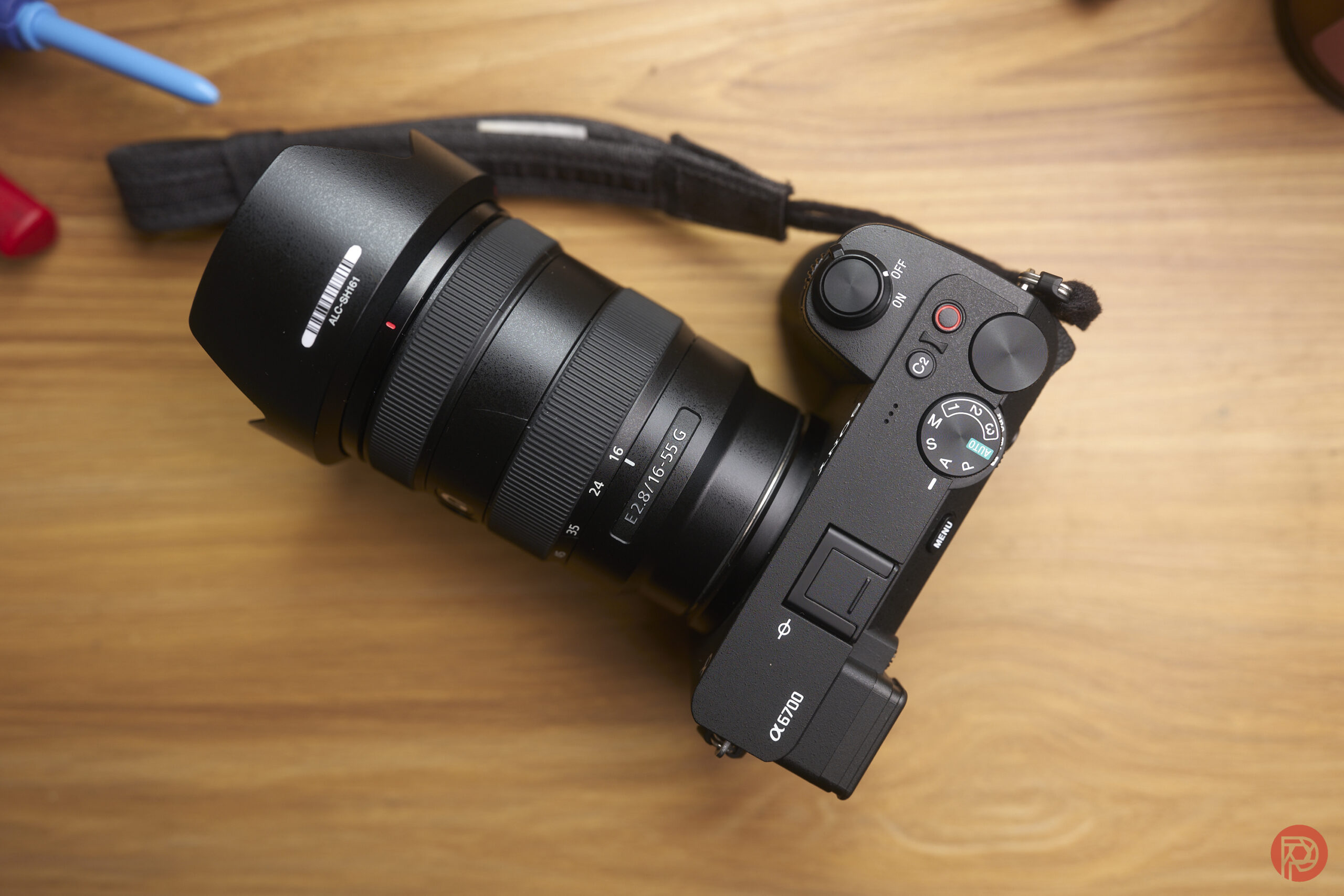Last Updated on 07/21/2023 by StateofDigitalPublishing
About a quarter way through using the Sony a6700, I realized something about it. It’s good. In fact, it’s really good. Sony packed it with tons of great features like a 26MP BSI APS-C sensor, an AI processing unit, a new BIONZ XR processor, and all the things that you’d expect from Sony. That statement is both a blessing and a curse. While the camera has a lot going for it, I’ve finally realized why it still feels so mediocre.
Hear me out on this: for a long time now, no one has made a bad camera. Product Managers don’t sit there and say, “I know how to make a bad camera that won’t sell.” Instead, they’re all different flavors of unadorned Greek yogurt, with only a few rising up to become a mango lassi. And a major part of this is that brands are trying to satisfy both video and photo users. Instead, the Sony a6700 should’ve been a camera that works mostly to satisfy photographers.
Table of Contents
The Big Picture
Make no mistake, the Sony a6700 is a good camera — and that’s the problem. It’s only just good. If you’ve used the full-frame cameras that Sony makes, it feels like them in a rangefinder-style camera body. But that’s the problem — I believe that Sony is mistreating the Sony a6700 still by making it live in the shadow of the Sony a7r V and the Sony a1. Instead, I believe that Sony could’ve done much more to make it stand out besides giving it a smaller sensor. Examples of what I’m speaking of cater to the reasons why someone would use a camera like this in the first place. First off, it could use even better high ISO output than what it’s giving us as sports and wildlife photographers really need it. Sure, it’s doing better than the competition in this regard — but it’s still not a quantum leap ahead. They also could’ve made the viewfinder pivot up and down. Sony could’ve also found a way to give this card dual slots — the closest competition from Canon and Fujifilm do that.
Overall, I found myself saying that there is nothing wrong with this camera if you’re reaching for the coconuts that have fallen on the floor instead of the younger ones up in the tree bearing tastier water. With this said, the Sony a6700 should’ve been released a long time ago as it’s nothing but an APS-C version of Sony’s higher-end full-frame cameras.
The Sony a6700 receives three out of five stars because of this. This product doesn’t feel like the innovation from Sony that we’ve come to know and love. It gives us milk when we ask for cream and hands us a carnation in lieu of not wanting to handle the thorns of a rose.
Pros
- Weather resistance
- Good feeling in the hands
- So many megapixels for cropping
- A very nice viewfinder
- The new style of LCD screen
- The grip feels nice.
- There’s no end to small lenses that can be used with this thing.
- This is the first Sony camera where Tamron lenses don’t work as well for telephoto birding situations.
Cons
- No joystick making photographing certain things annoying
- Sony removed the shutter-down option when the camera is powered off.
- No dual card slots
- It feels like its living in the shadow of Sony’s higher-end cameras instead of differentiating itself.
Gear Used
We tested the Sony a6700 with the Tamron 17-28mm f2.8, 70-300mm, lens and the 35-150mm f2-2.8. Along with the camera, we also borrowed the 16-55mm f2.8 and the 70-350mm lens.
Innovations
In the APS-C camera world and in the overall camera world, the Sony a6700 isn’t doing anything innovative. Instead, it’s playing catch up.
Ergonomics
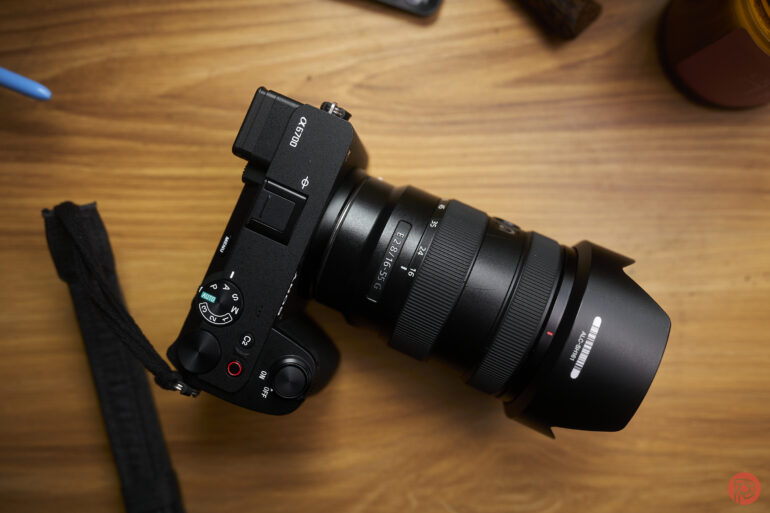
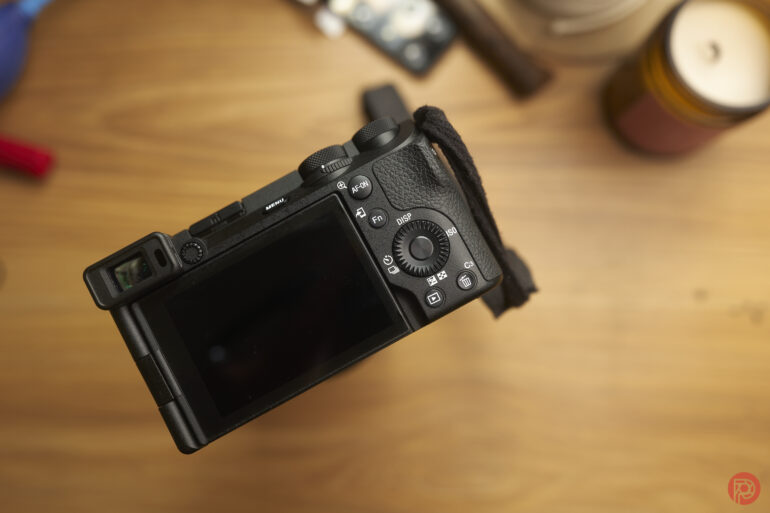
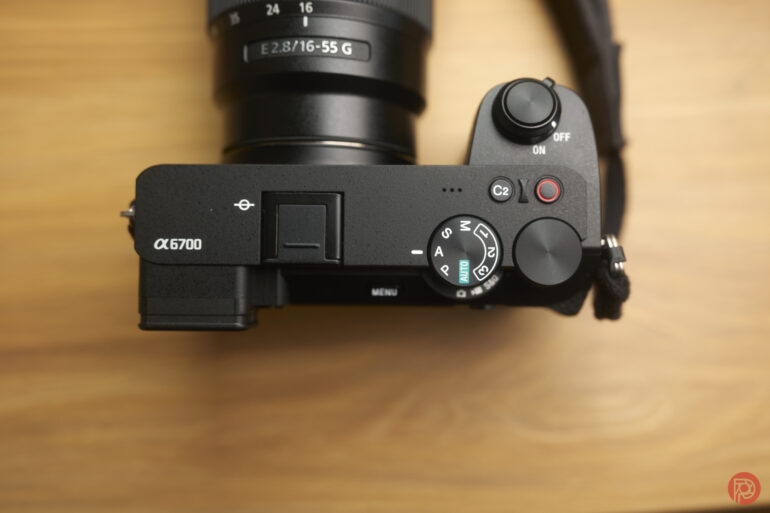
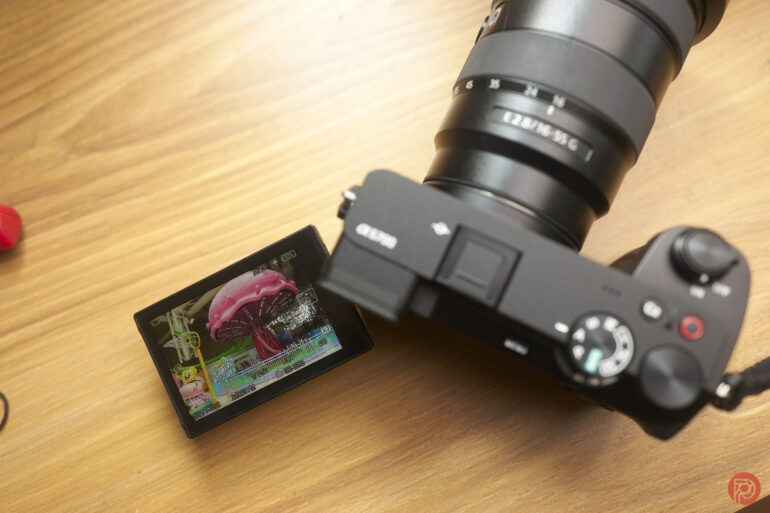
The Sony a6700 and the brand’s other rangefinder-style cameras are ones that really do feel more like actual cameras than Playstations packed into a camera-like body. Something about this reminds me almost of the Mamiya 6 and Mamiya 7 cameras — but digital and with a far smaller film plane.
One of the biggest new differences is the grip — which conforms very comfortably to the hand. There’s also the placement of the dials like the front dial, top back dial, the Canon-style back dial. All of these feel impeccable. The buttons are where things start to make a difference — and not for the better.
Because of the size, the camera’s controls are right of the screen. If you’re an experienced Sony camera user, this will feel more or less right at home. But unlike the higher-end cameras, you’ll probably miss the dial control on the top left side and a few other things.
Build Quality
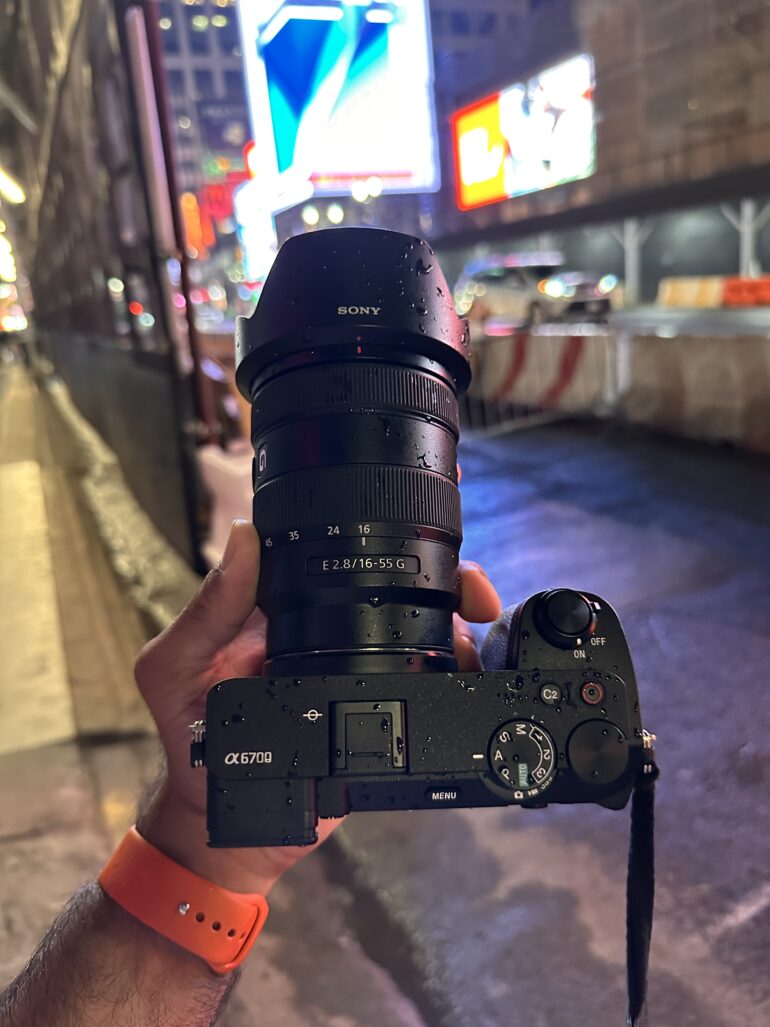
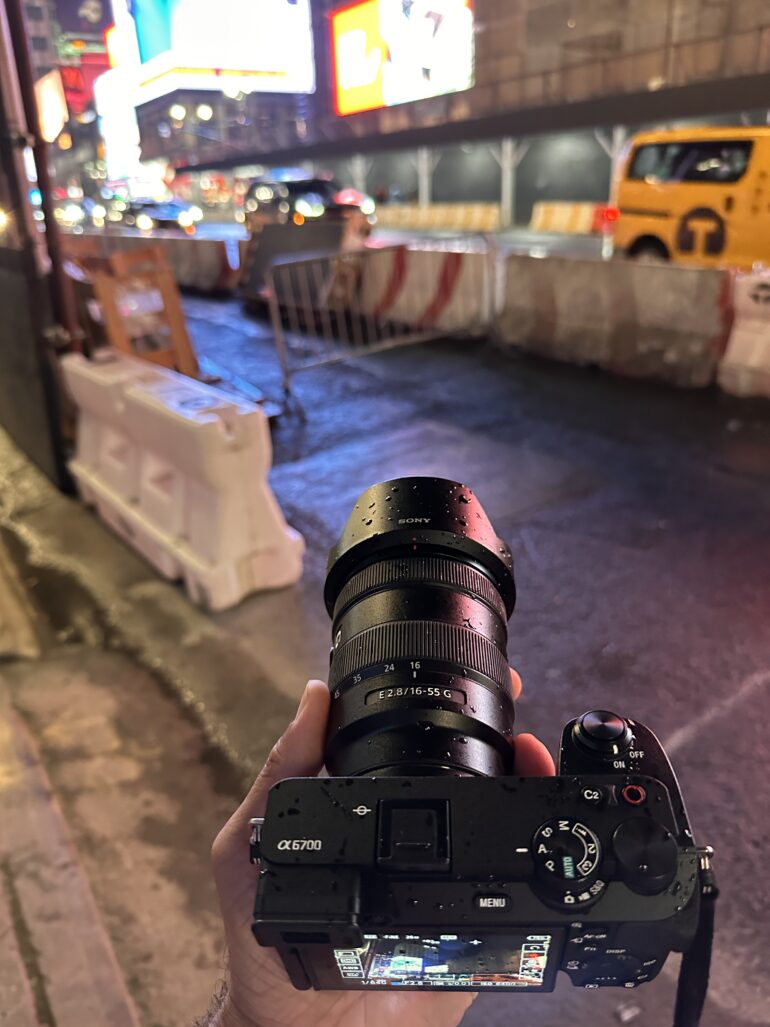
In the hand, the camera feels very good. It also has weather resistance — which isn’t waterproofing. Make no mistake, holding the Sony a6700 feels like you’re holding a premium camera and doesn’t at all feel cheap. However, it begins to fall short as you actually use it. The buttons, for example, feel like airy excuses for a tactile experience. I’d liken the buttons on the back of the camera to pressing the button at a crosswalk to signal that you’d like to cross the street — except that the button is made of plastic instead of metal. In short, it feels like an afterthought of public administration, but this time, it’s from a billion-dollar company.
But, do remember, it’s weather resistant. At least that’s going for it.
In the rain, the Sony a6700 handled perfectly fine. For the record, we had the hot shoe cover on, which is what most brands recommend you do.
Ease of Use
My biggest gripe for usability has to do with the lack of a joystick. This is a bigger problem with wildlife and birds as those little critters tend to move very fast. And at times, the autofocus doesn’t always recognize birds if they’re obfuscated by the shadows.
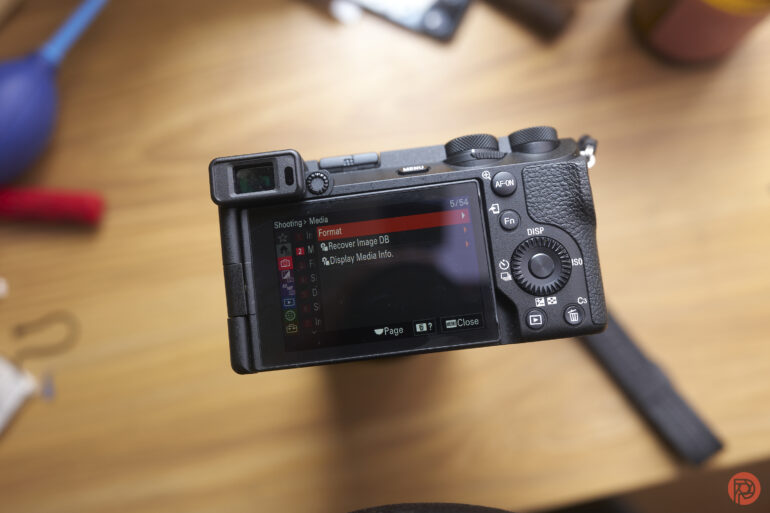
If you’re photographing people, I’d recommend using the center focusing point and tracking, as it would help you navigate between each individual person easier at times. In short, focusing and recomposing is probably the best bet here. Of course, you could still use the auto-area mode. However, I think that that setting prioritizes simply getting the shot instead of composing and slowing down to make a better image.
Additionally, Sony, for some genius reason I’m sure related to profitability, decided to not give this camera the shutter-down option, which ensures that the sensor is protected. So essentially, you end up having something like a baby a7r V with the old-school dirty sensor issues. And for the record, I needed to clean the sensor once or twice. To that end, I strongly recommend using Tamron lenses because of how extra weather resistant they are. In our experience, the Sony G lenses can’t hold a candle to Tamron’s durability. However, Sony’s G Master lenses are often good enough.
But how many people would really buy this camera and use it with G Master lenses? I think it’s a niche sum of folks.
Focusing
The Sony a6700 delivers its best performance with the Live View setting effect (exposure preview) disabled. Because of the lack of a joystick, you really had better hope that it can recognize birds in a scene. With that said, you’ll also need a very fast-focusing lens. When it’s enabled, you’ll notice a very slight delay that can feel like an eternity even though it’s truly a split second.
Sure, you can use the touchscreen to select a focusing point. But by the time you do that and the camera focuses, a little finch that you’re trying to capture can be gone.
When birding, the most shocking thing to me was how it performed for birding with the Tamron 70-300mm lens. Tamron is partially owned by Sony, and this is the first time where I felt that the Tamron lens didn’t do as well as the Sony variant – which is a much older Sony 70-350mm G OSS lens. To be fair, though, the Tamron lens isn’t known for having the best motor. That doesn’t mean that the Tamron lens wasn’t able to capture great photos with the camera. But it’s surely noticeable enough to annoy an experienced birding photographer.
Where the Sony a6700 performs admirably is with street photography. Set to the AF-C mode with human detection activated, the Sony a6700 more or less made street photography look like a simple point-and-shoot affair. We did this with both Sony and Tamron lenses, and they worked out just fine. Seriously, when it comes to autofocus and street photography, Sony is genuinely the best. This performance makes me want a Sony a7c II even more.
Despite all this, it sometimes didn’t nail the focus on the human we wished it to. But if you’re shooting wide enough, this is truly acceptable. Changing from one face to another isn’t all that simple without a joystick unless you use the touchscreen.
In low light situations with the exposure preview disabled, the Sony a6700 did very well with acquiring focus on people with lighter skin. It also wasn’t too bad with POCs that have darker skin colors in low light, but not incredibly low light.
Overall, on the streets, the Sony a6700 did incredibly well with autofocusing on people. It seemed to make it almost effortless.
Metering
The Sony a6700 underexposes your scenes by a little bit if you’re rating the metering according to Sunny 16. This is standard and I think that most cameras these days do this in one way or another.
Image Quality
I’ll have to admit it: the Sony a6700 does a great job when you’re talking about image quality. The JPEGs? They look great. The High ISO files? I don’t know how, but Sony managed to knock this one out of the park when it comes to birding, and if you’re overexposing the scene by a stop, then you’re going to kill all instances of high ISO noise. It’s truly incredible. Yet at the same time, I wish that they had gone even further as what they’re doing still seems attainable by both Fujifilm and Canon.
JPEG Quality
My favorite JPEG setting with newer Sony cameras is the VV2 mode. When you do this, the images are sharp, contrasty, bright, and look great overall. Combine this with sufficient exposure, depending on the situation, and you’re going to love it as well.
High ISO Output
When shooting at ISO settings above 3200, I absolutely recommend shooting with the Sony a6700 like it’s a film camera using negative film. With that said, overexpose the scene by a stop. I’m advocating for this method because, quite frankly, the noise in the darker areas is pretty disgusting.
When looking at high ISOs at 6400 and above, though, it wipes the floor with Fujifilm XH2s though Fujifilm can find a way to embrace it with film simulations. Compared to the Canon EOS R7, it’s also doing a terrific job, but more or less holds it own with Canon.
RAW File Versatility
Sony often recommends testing RAW files out in Capture One. But support isn’t there as of the publishing of this review. We’ll update it and our high ISO findings later on.
Extra Image Samples
From day one, The Phoblographer has been huge on transparency with our audience. Nothing from this review is sponsored. Further, lots of folks will post reviews and show lots of editing in the photos. The problem then becomes that anyone and everyone can do the same thing. They’re not showing what the lens can do. So we have a section in our Extra Image Samples area to show edited and unedited photos. From this, you can make a decision for yourself.
Unedited
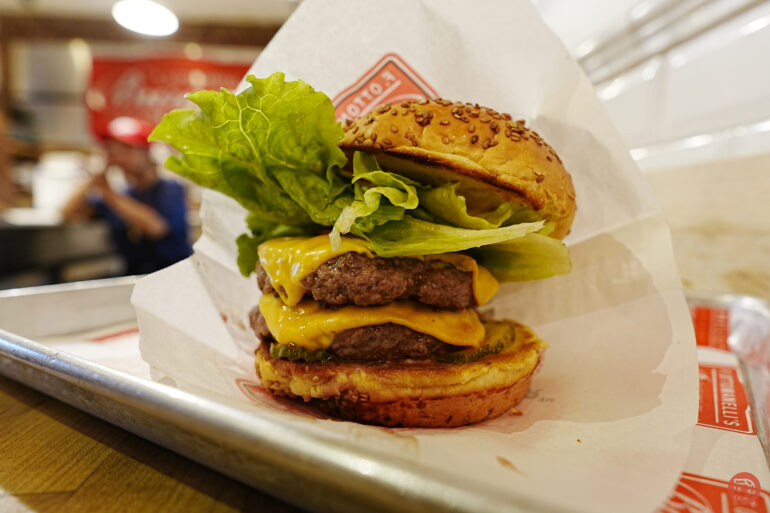
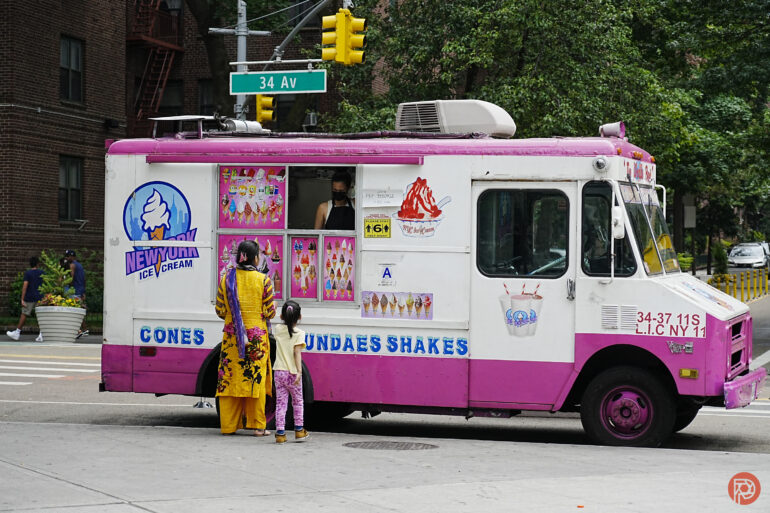
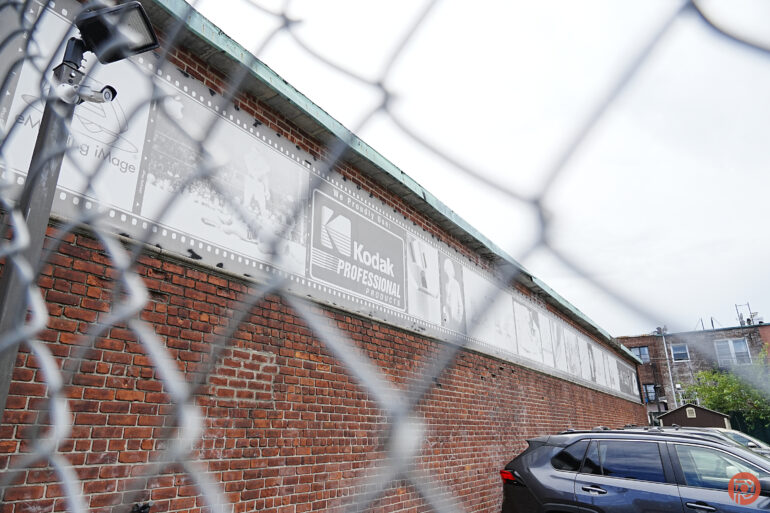
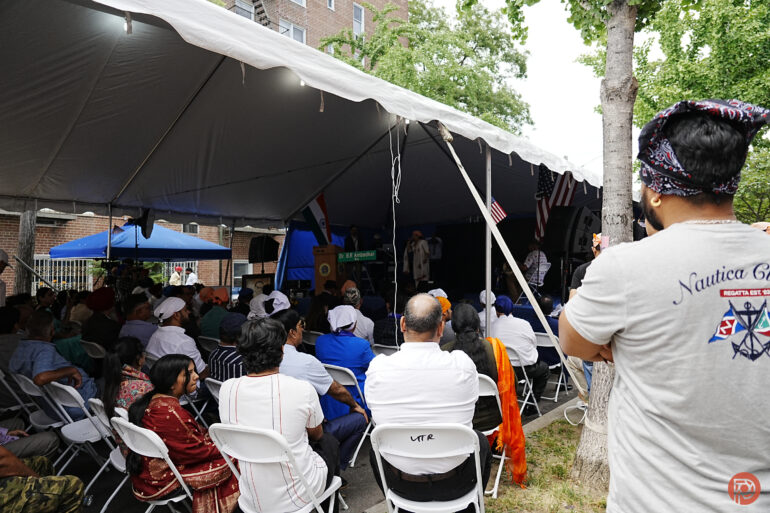
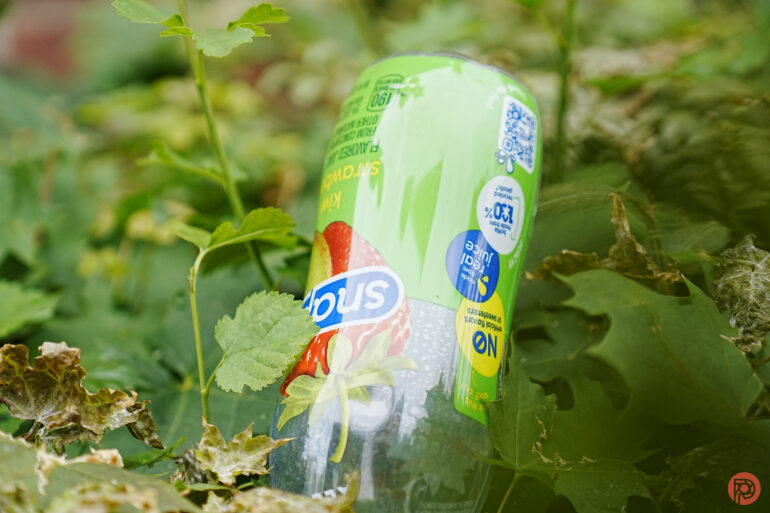
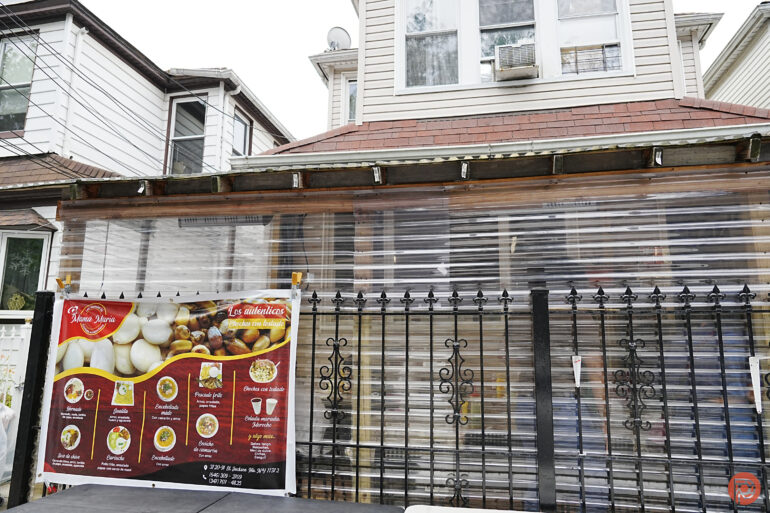
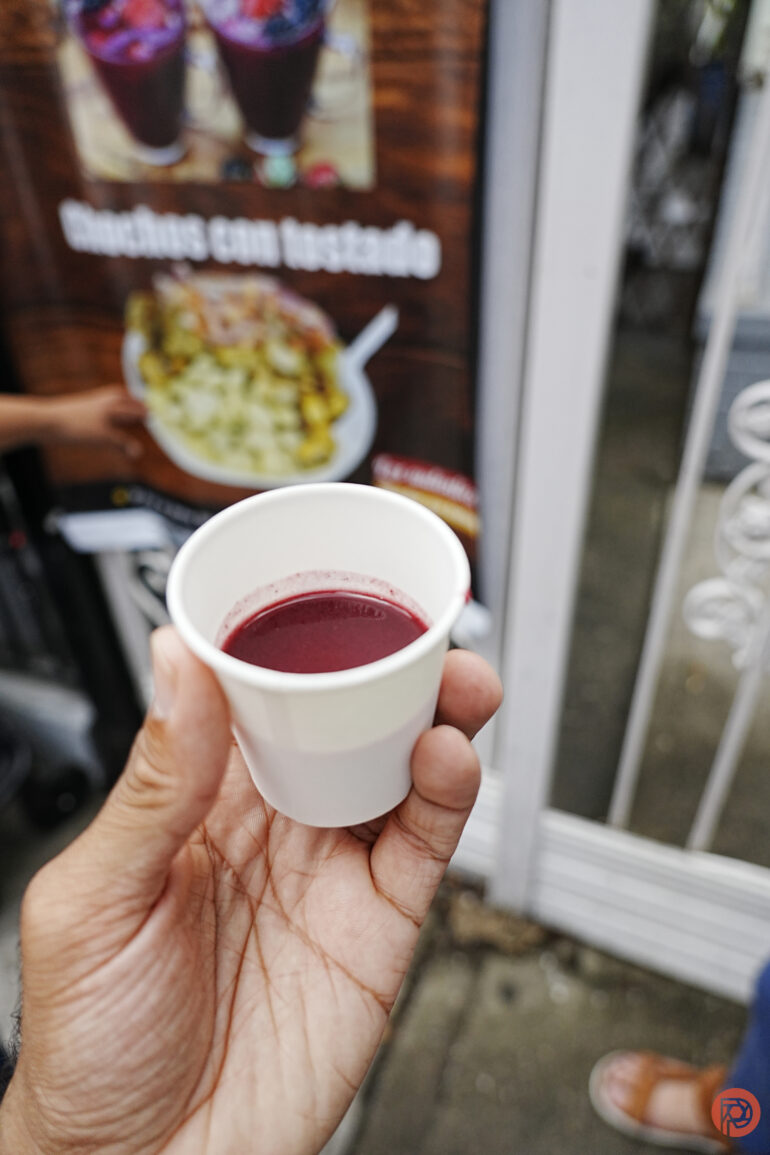
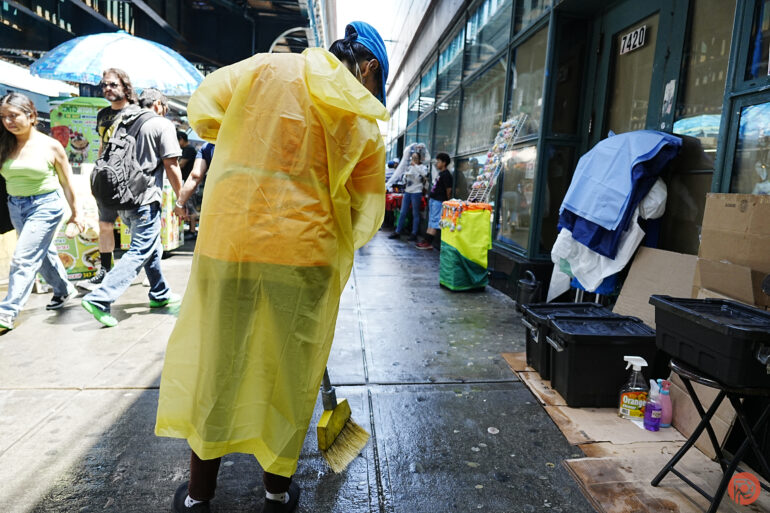
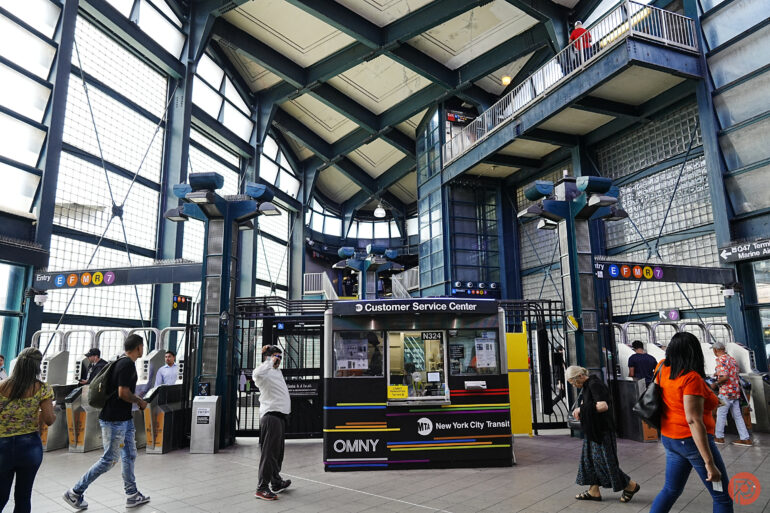
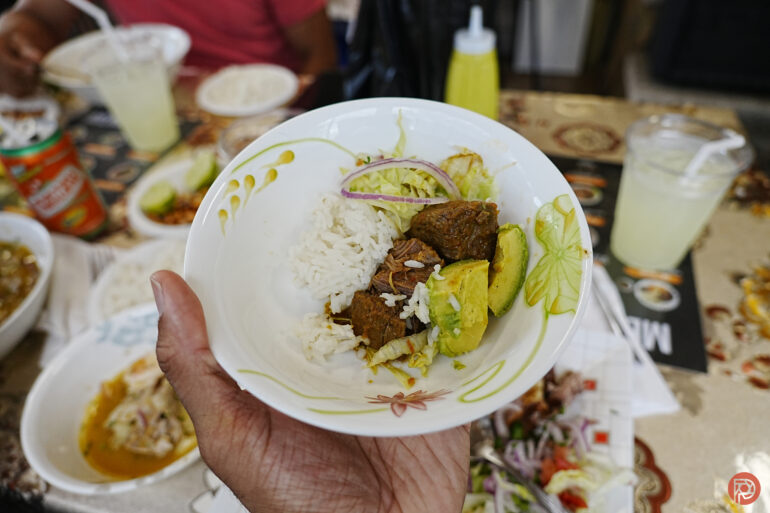
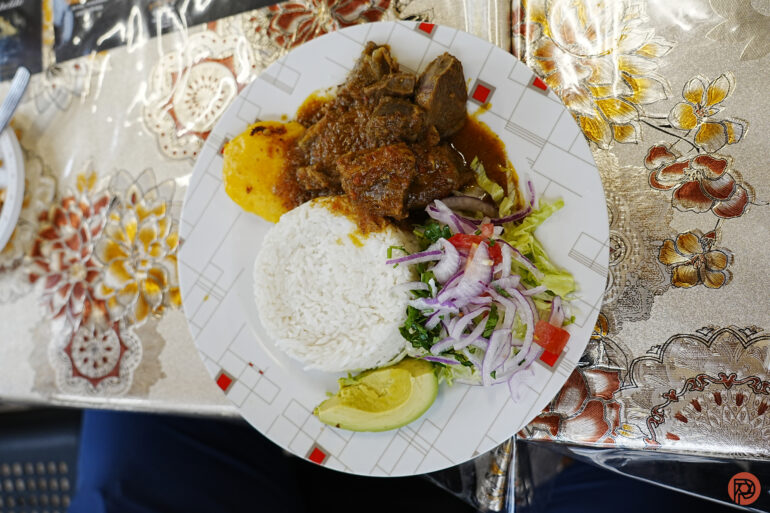
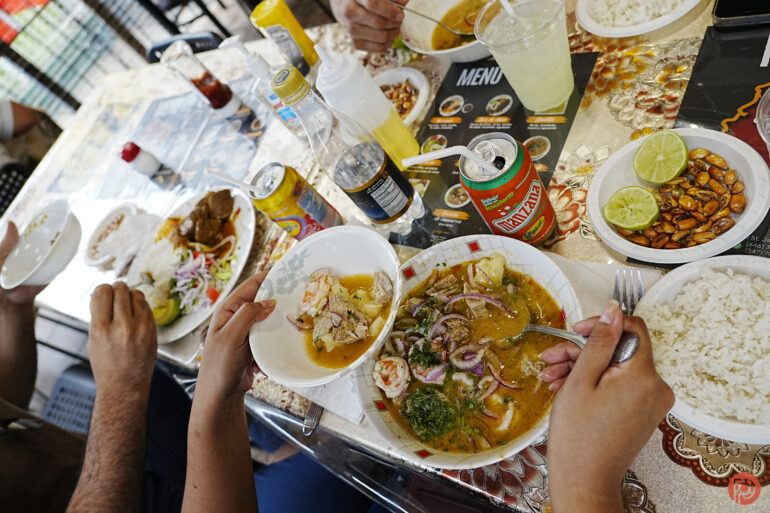
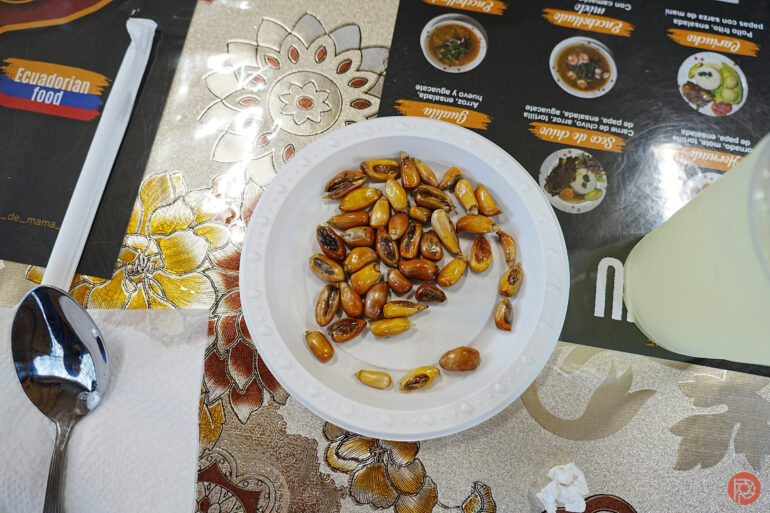
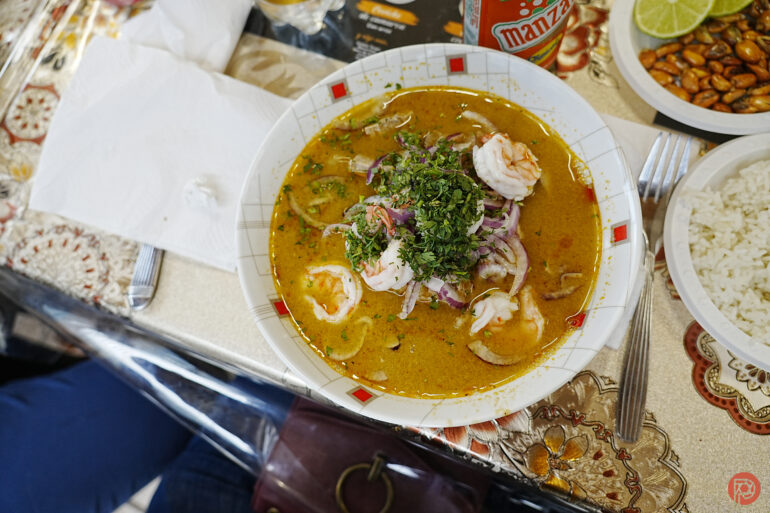

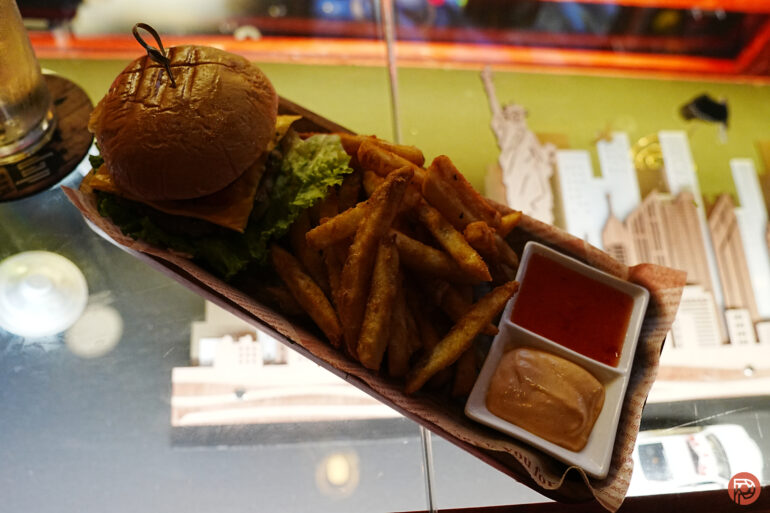
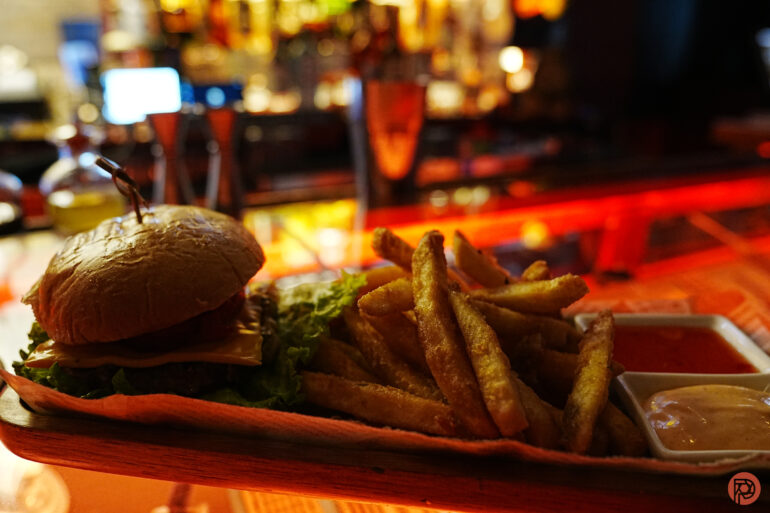
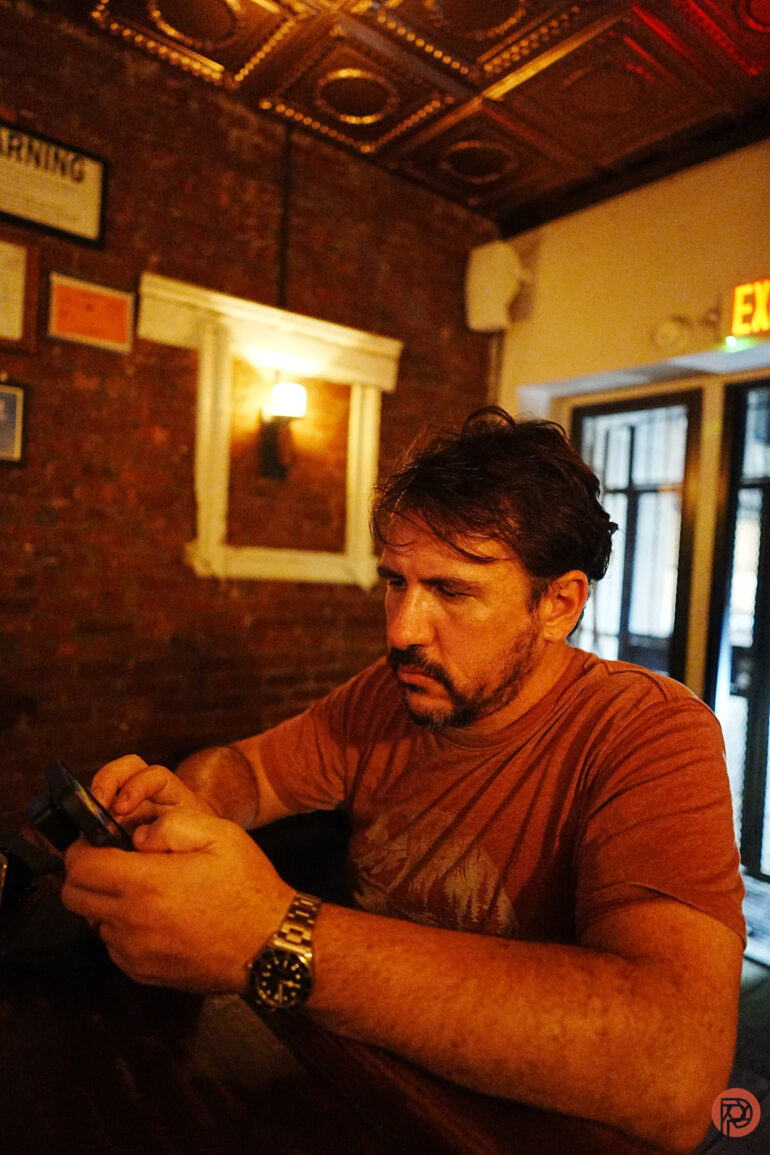
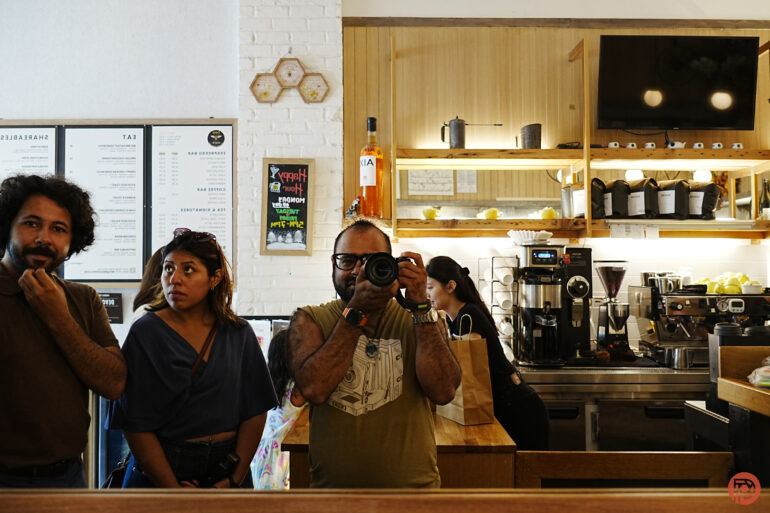
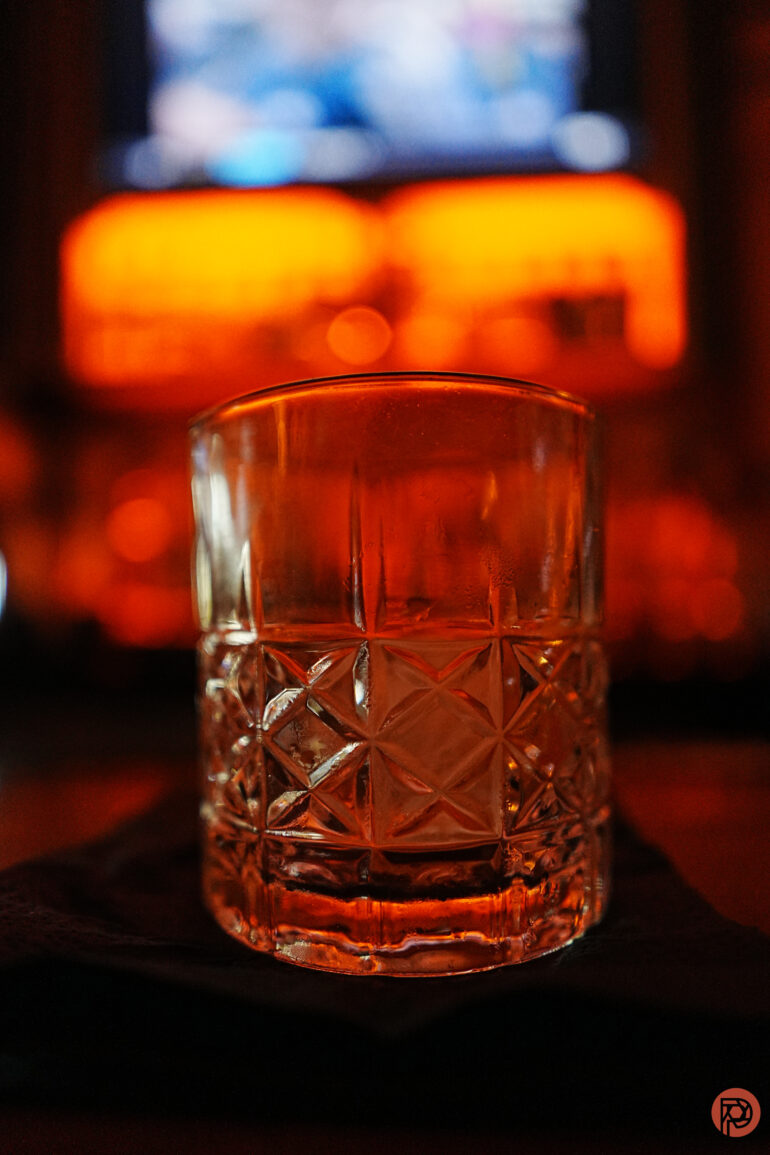
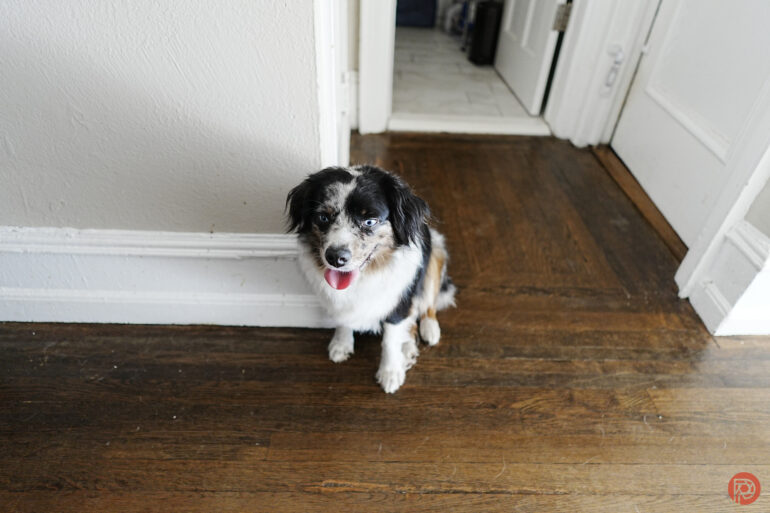
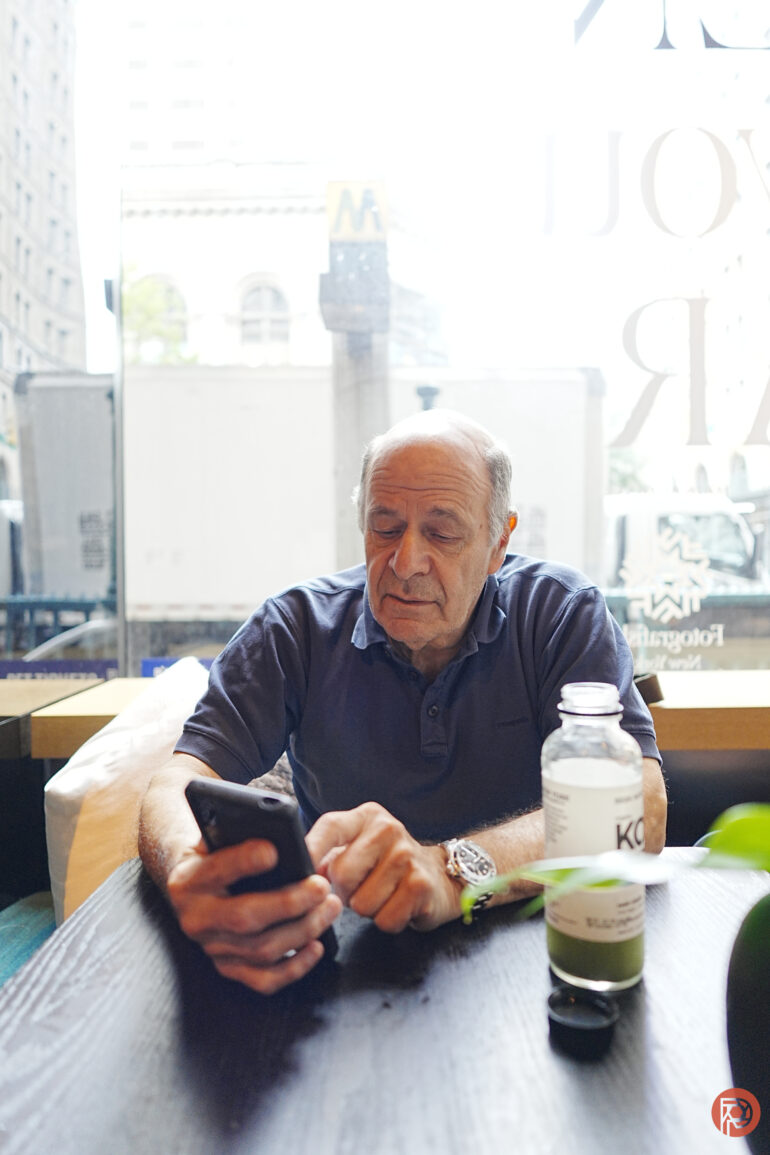
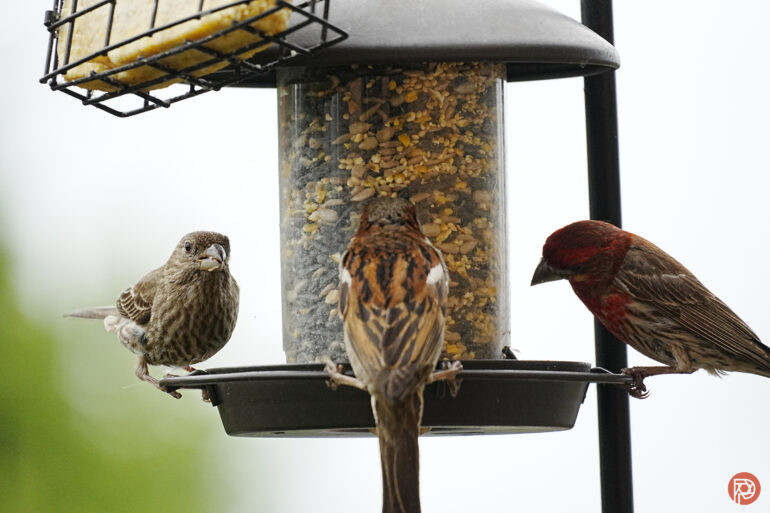


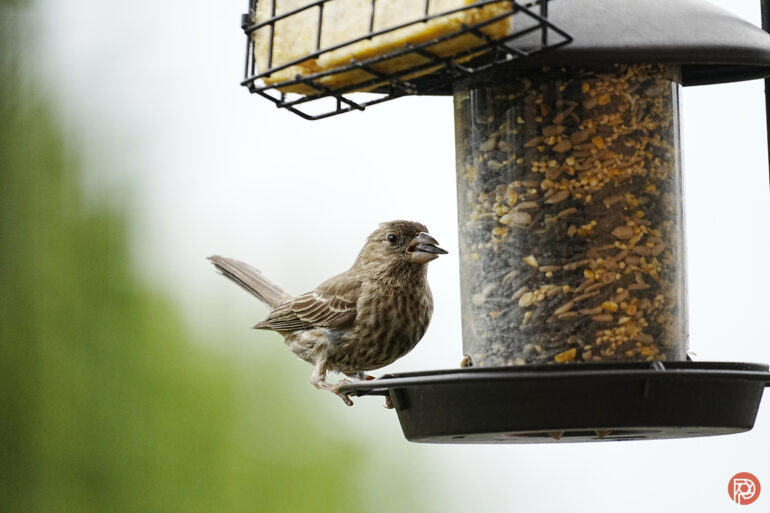
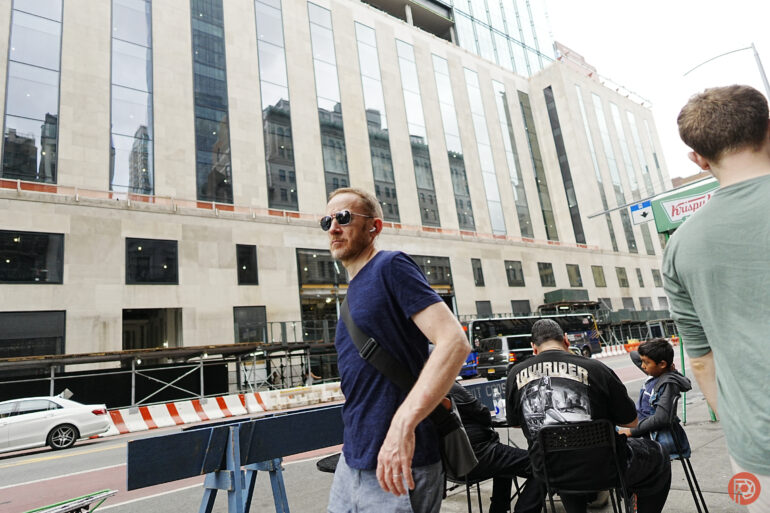
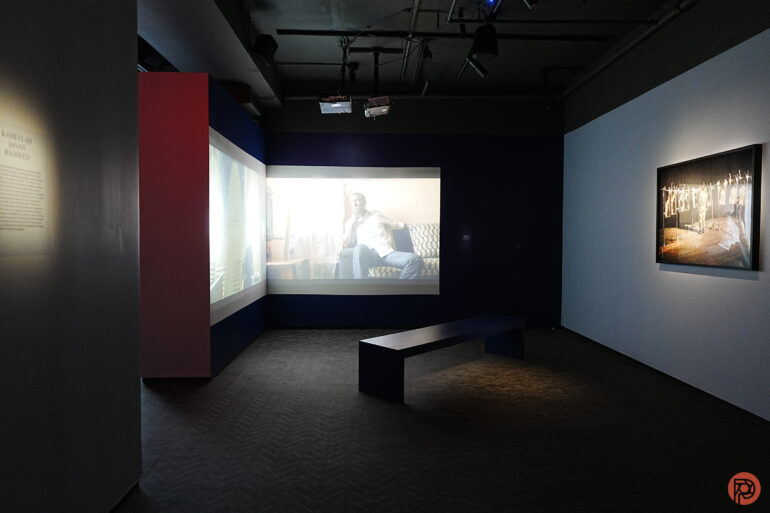
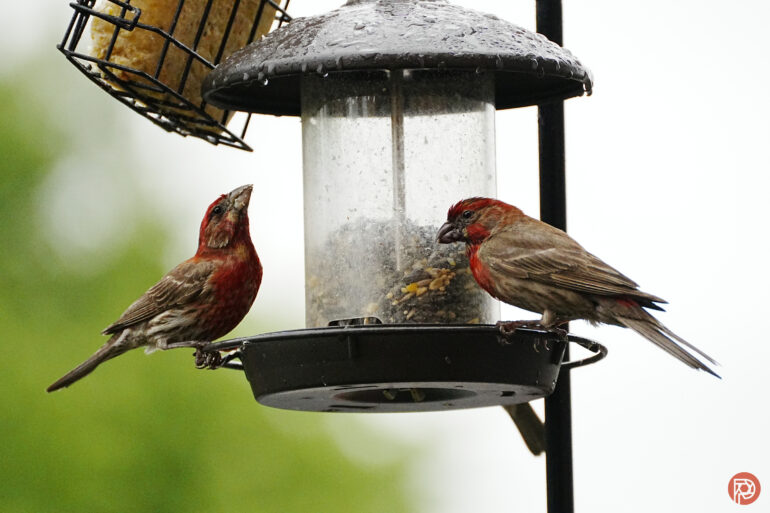
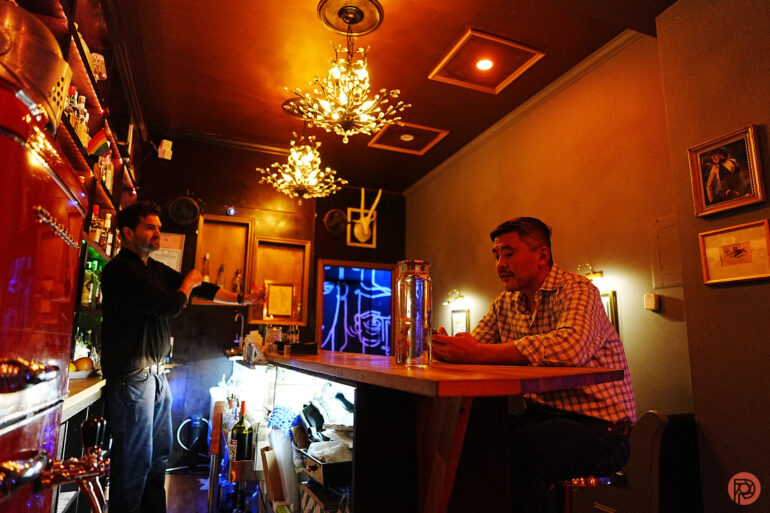
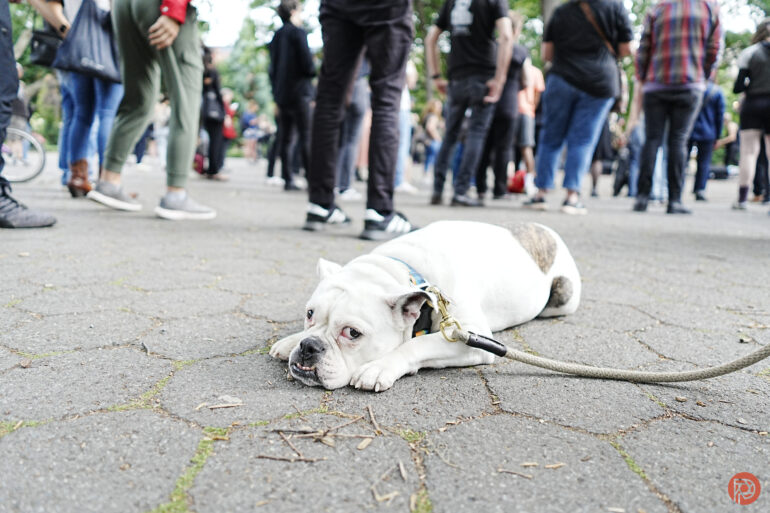
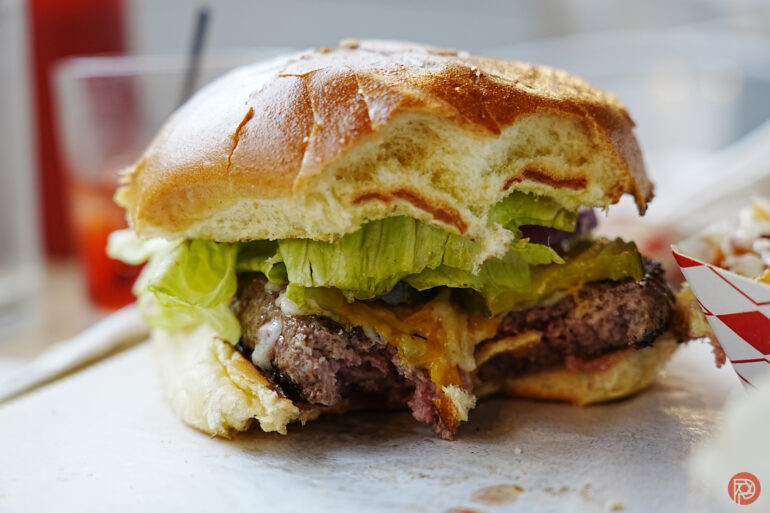
Edited
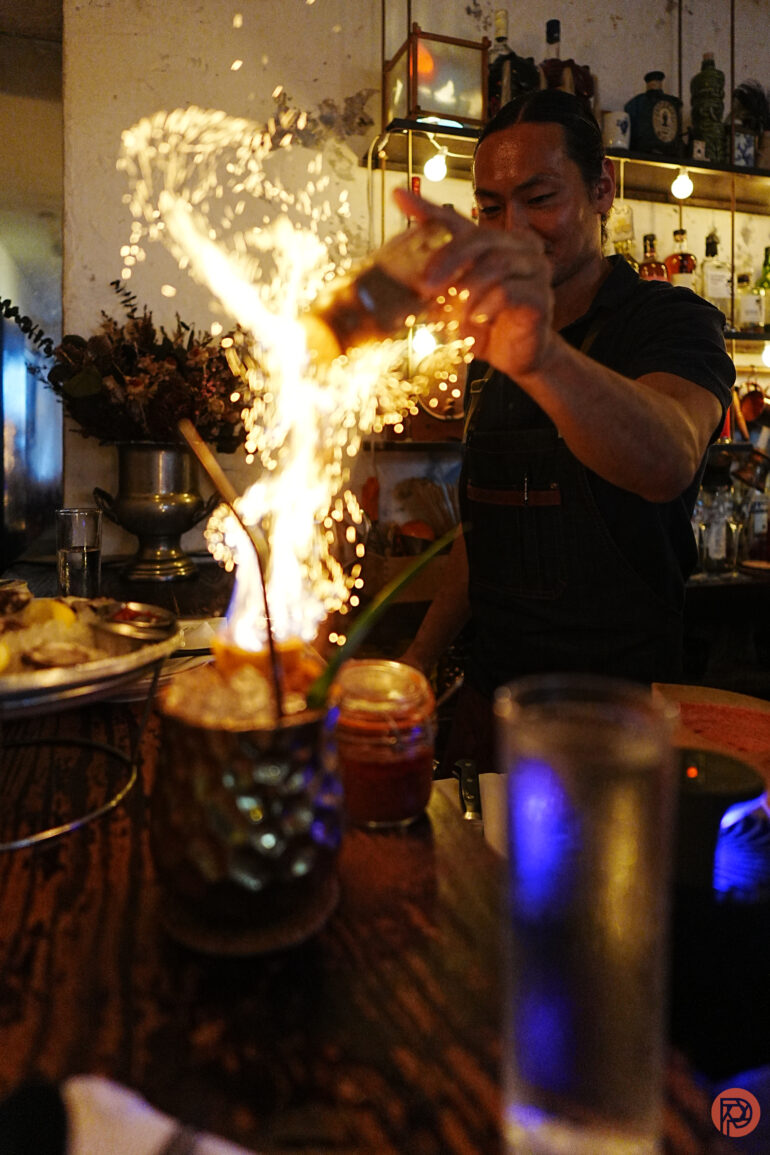
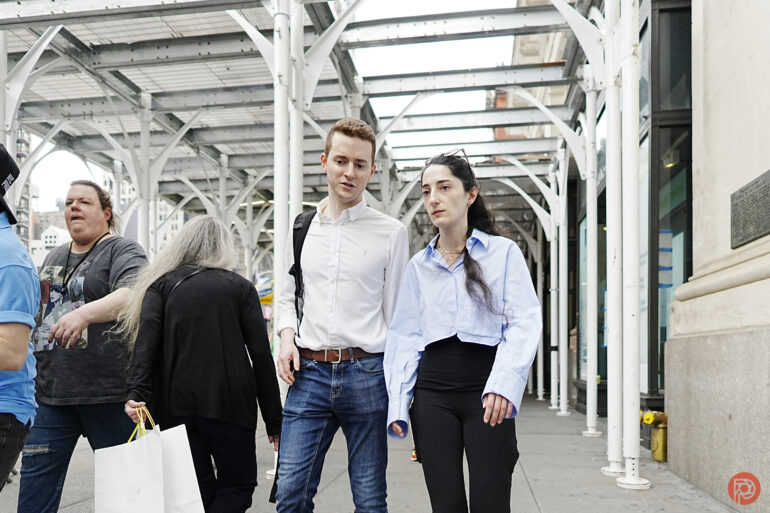
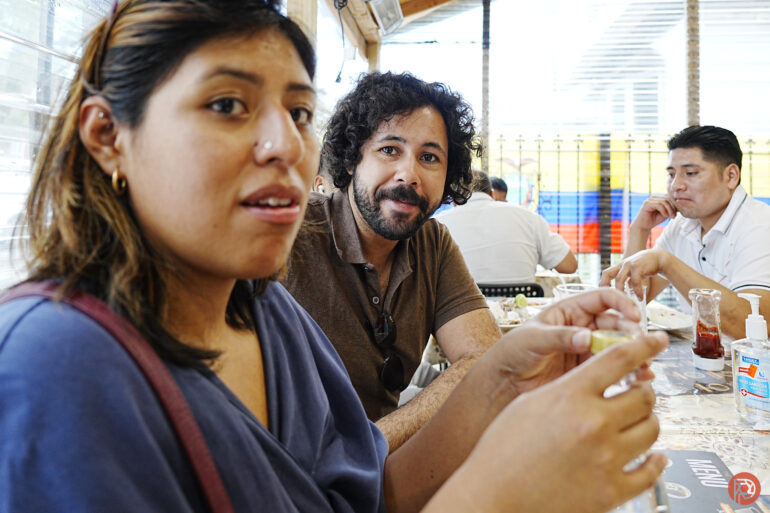
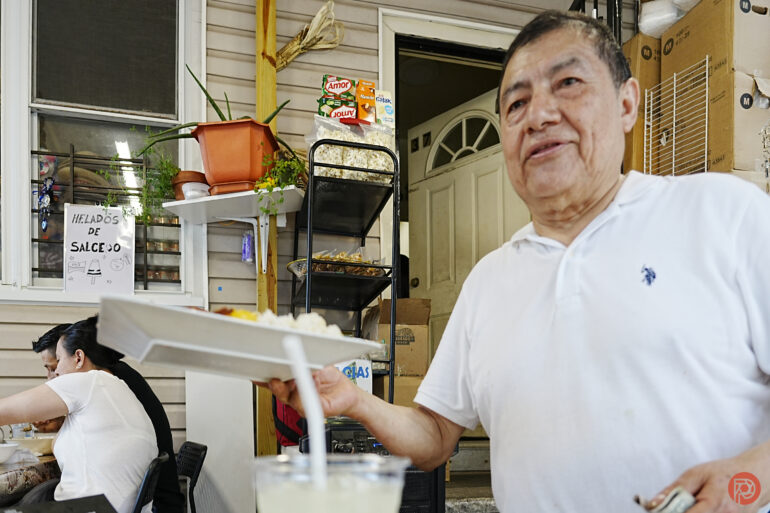
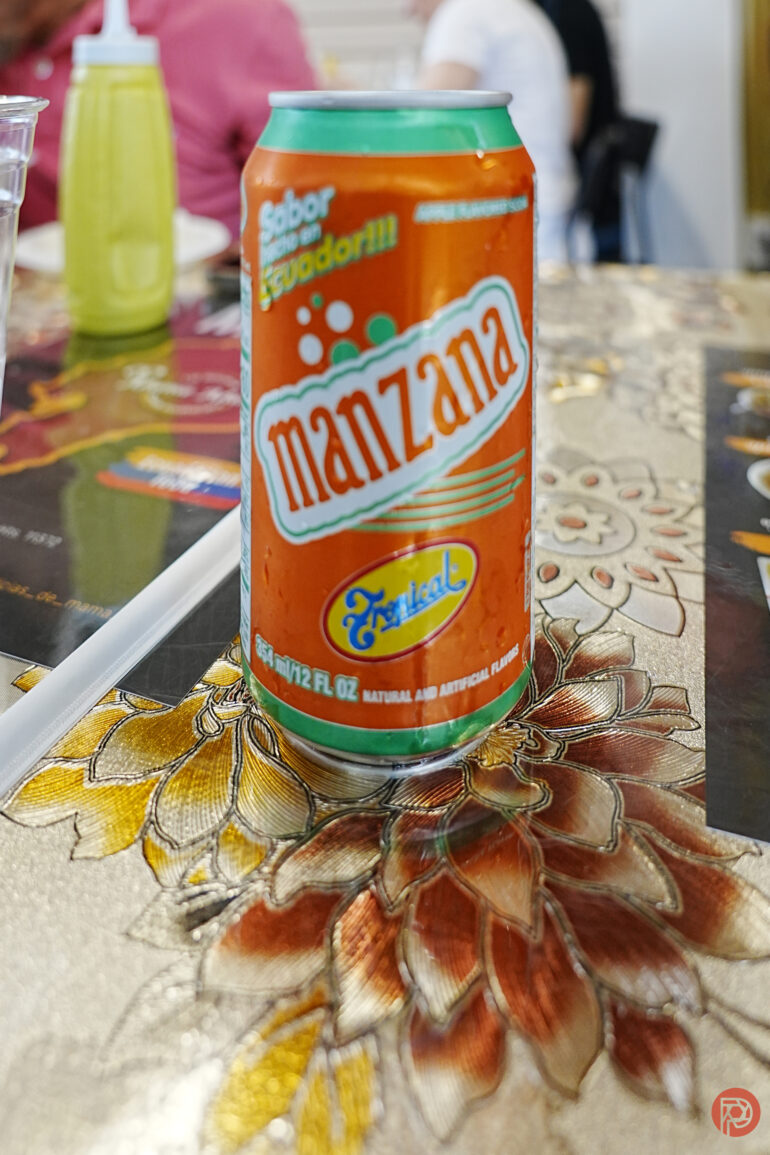
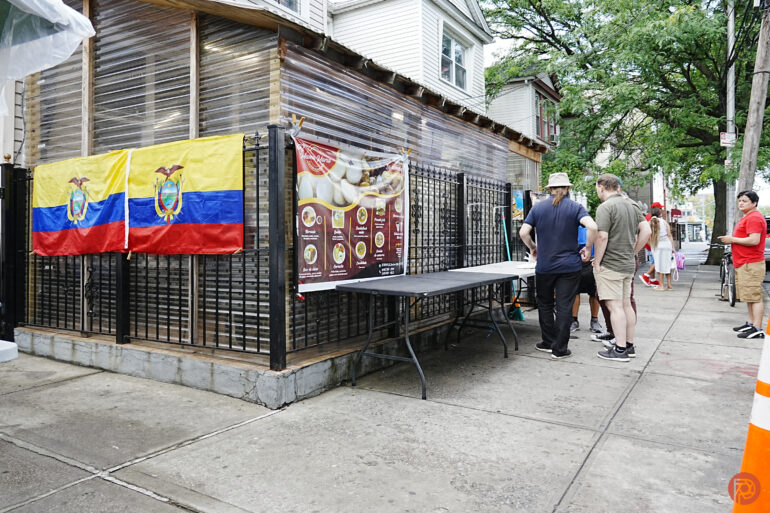
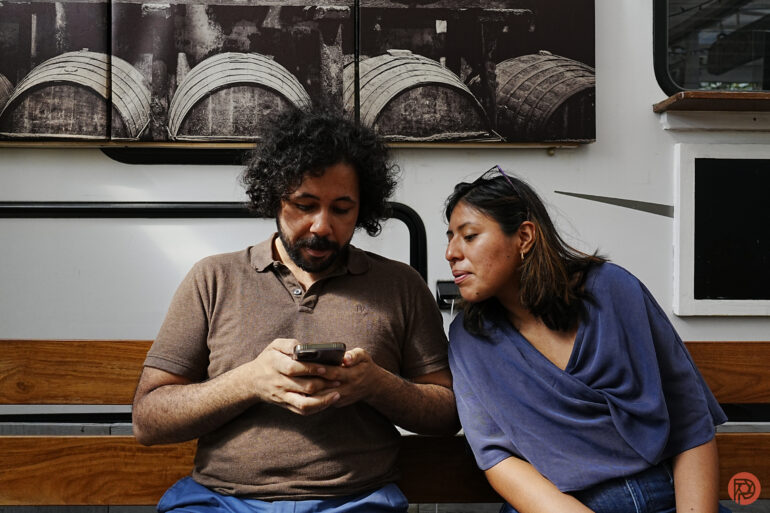
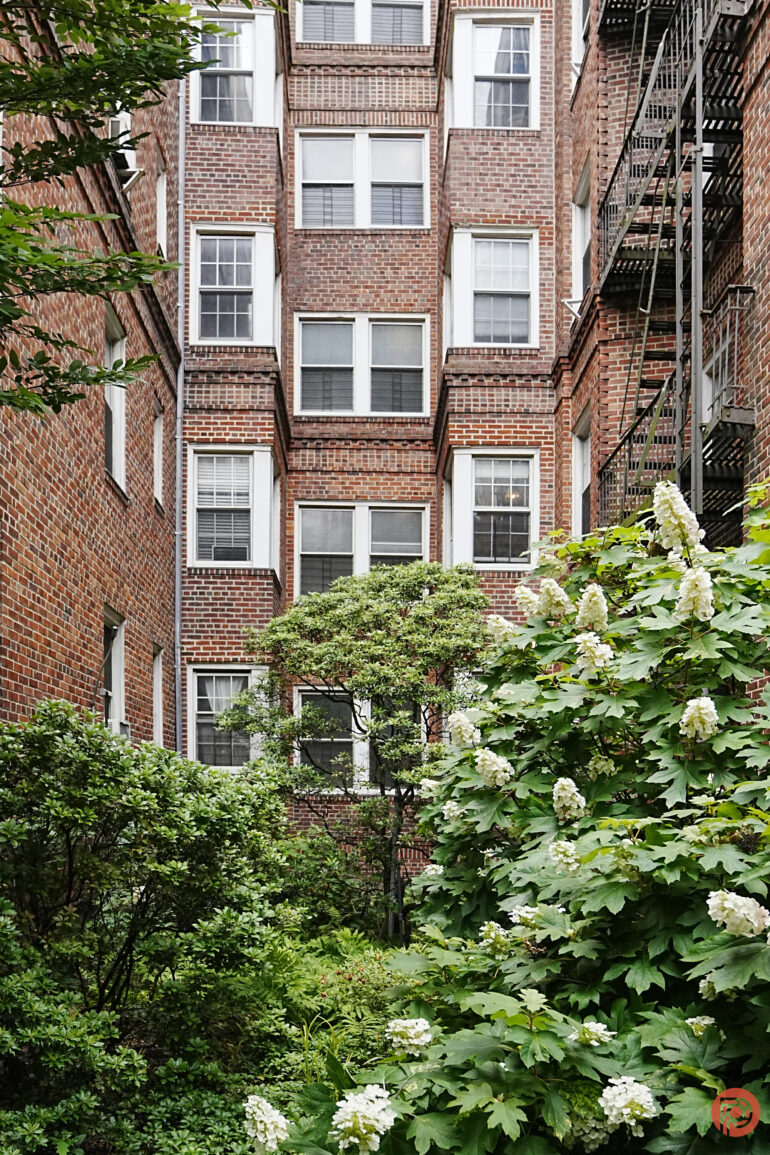
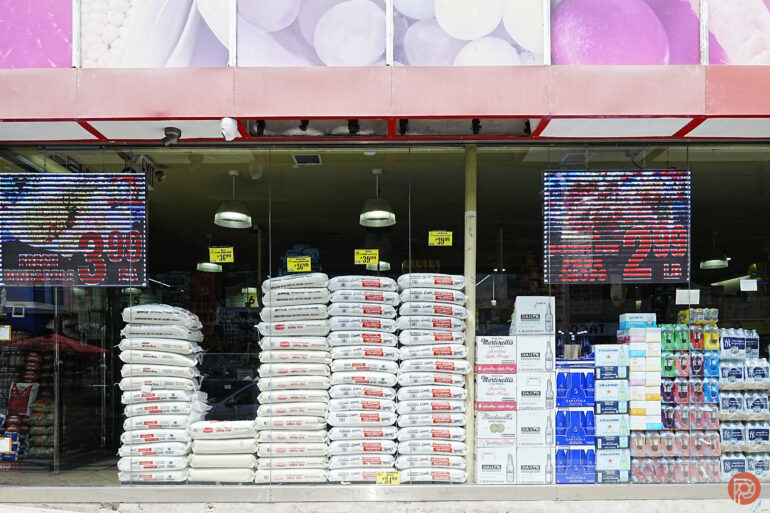
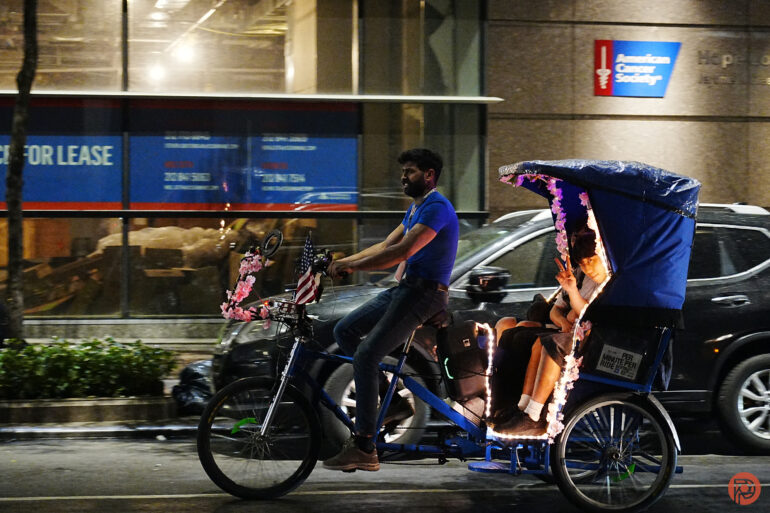
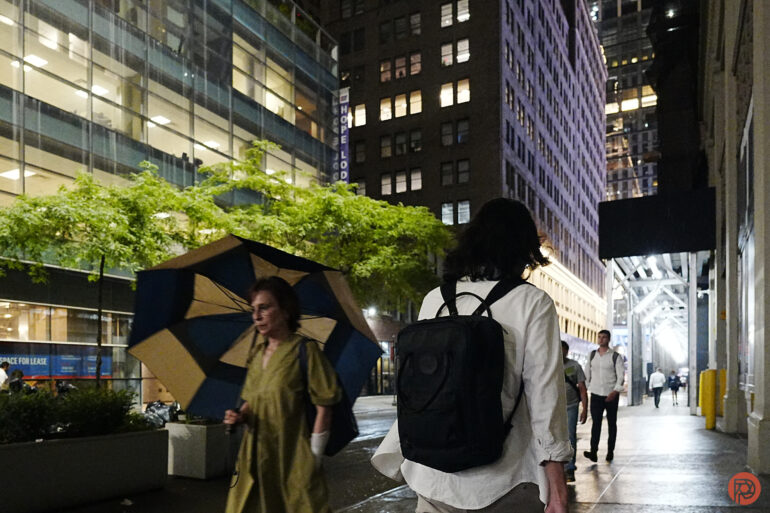
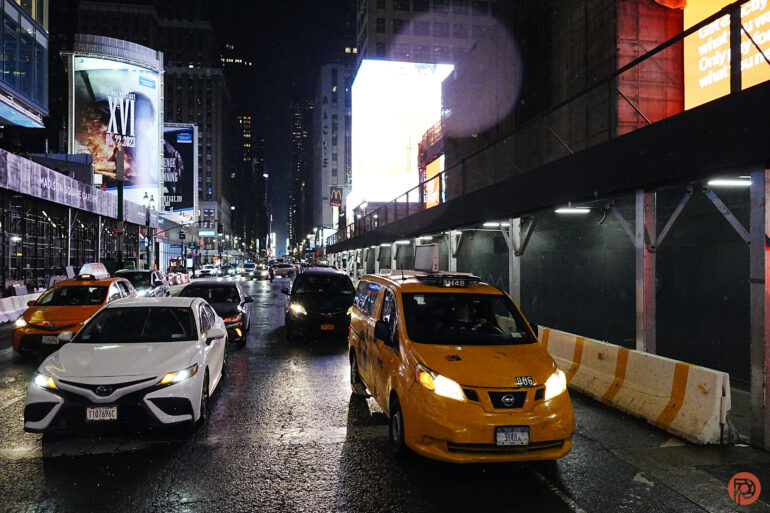
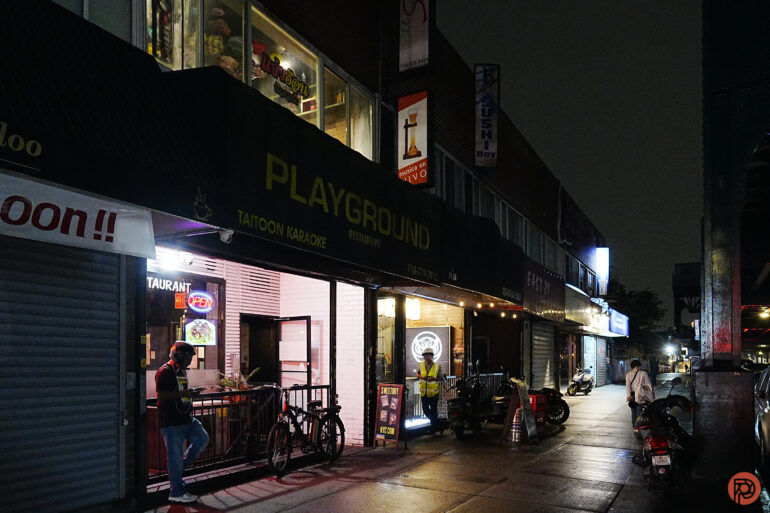
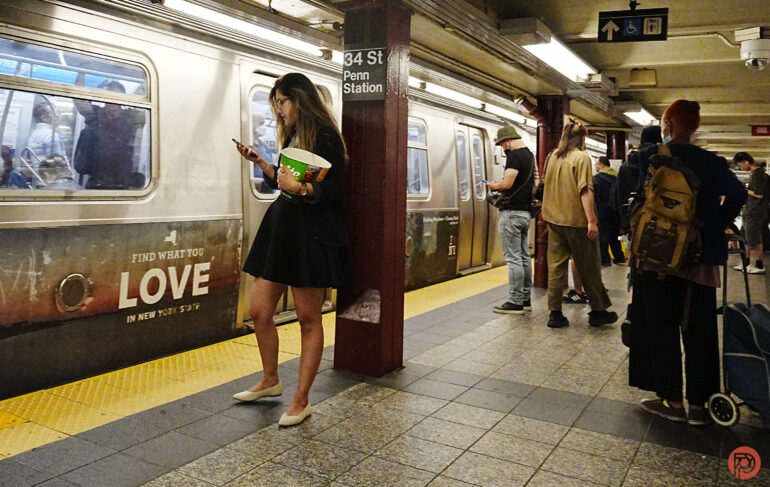
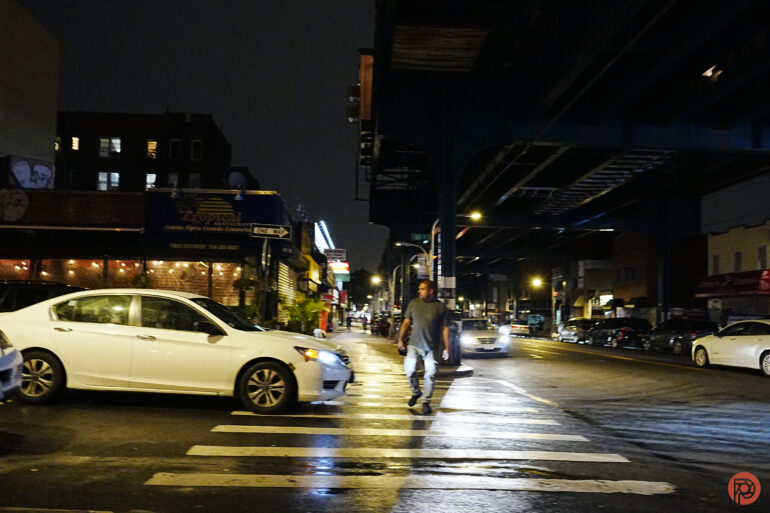
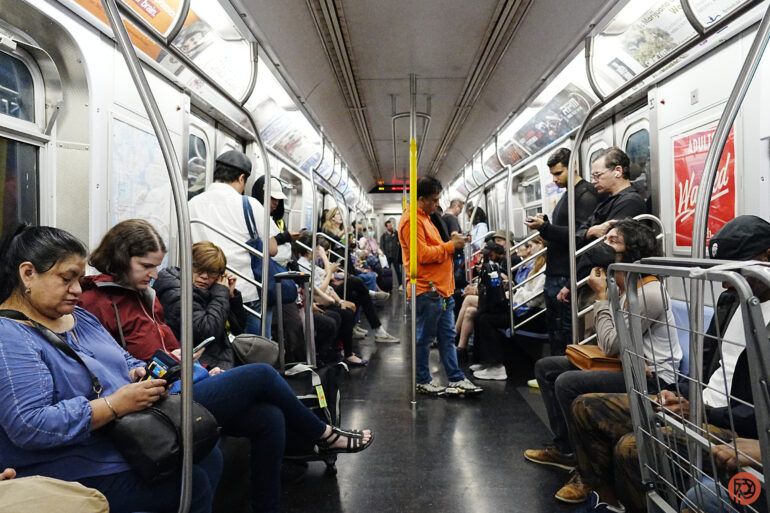

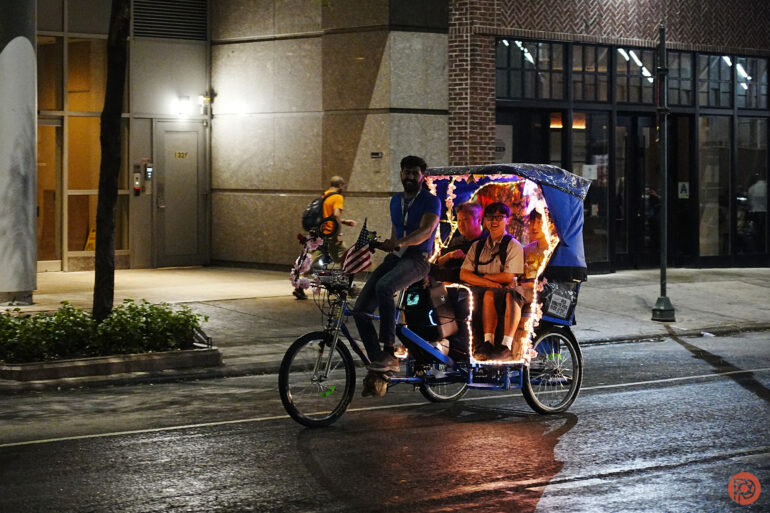
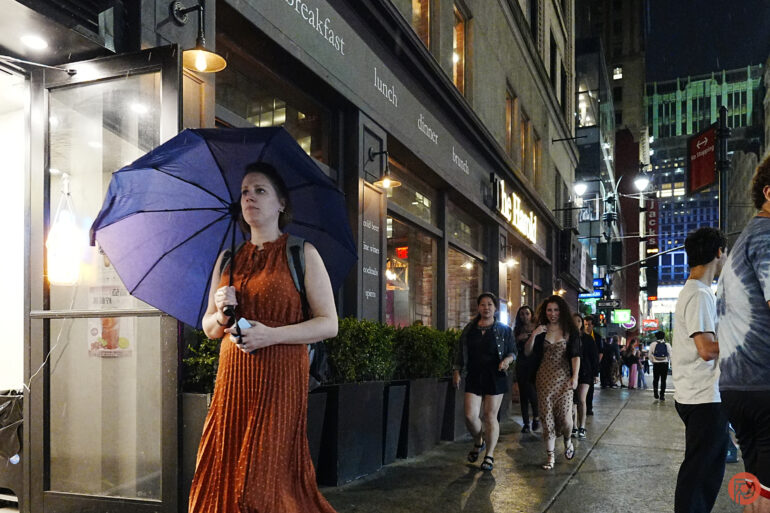
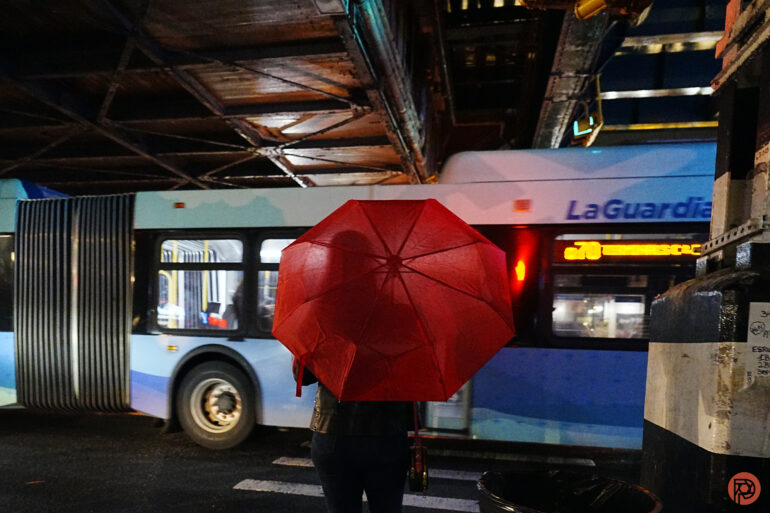

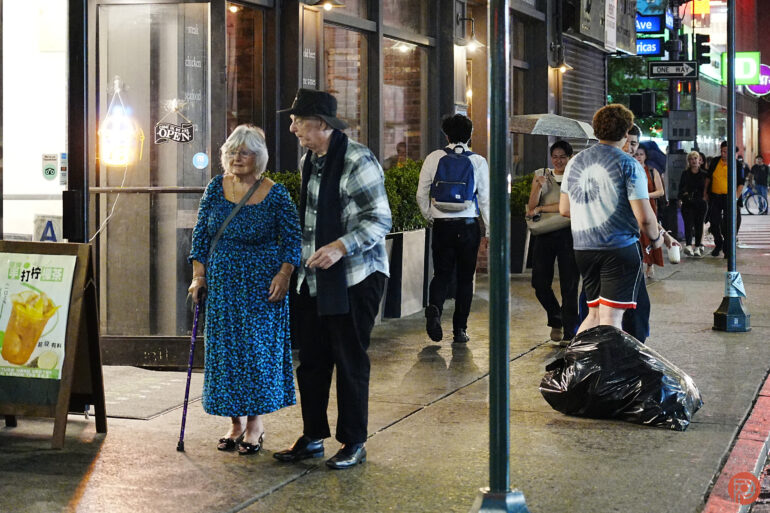
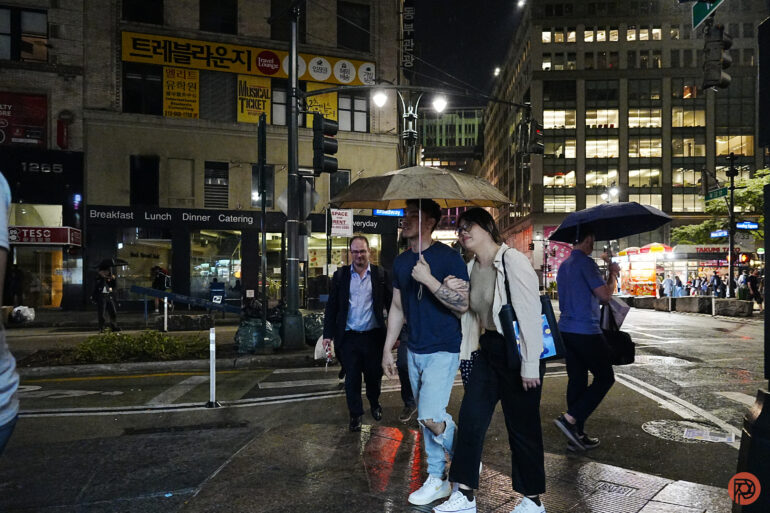
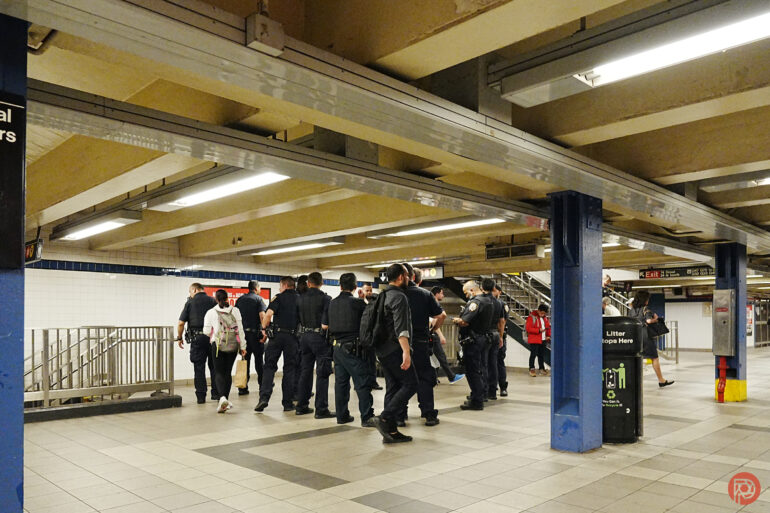
Who Should Buy the Sony a6700?
If you own Sony’s full-frame cameras, I don’t think that the Sony a6700 is worth getting because you’re more or less paying for a smaller version of that same camera you have. I’d instead wait for the Sony a7c II. But if you’re getting a camera for the first time and want to spend time with it, mostly outdoors and traveling, then the Sony a6700 is a decent choice. Overall, it’s also one of the most affordable if you’re also considering lenses. Fujifilm has great high-end lenses at affordable prices, too, though. And compared to Canon’s EOS R7 — that camera beats this in so many different ways. But where Canon gets you is with higher-end lenses.
It comes in three configurations:
- Camera body-only: MSRP $1399.99 USD / $1899.99 CAN
- Camera kit with PZ 16-50mm f/3.5-5.6 OSS lens: MSRP $1499.99 USD / $1999.99 CAN
- Camera kit with 18-135mm f/3.5-5.6 OSS lens: MSRP $1799.99 USD / $2399.99 CAN
Tech Specs
- 26MP APS-C BSI sensor
- BIONZ XR processor
- A dedicated AI processing unit
- 759-point AF system with phase detection
- Magnesium alloy chassis with dust and weather resistance
- One SD card slot
- 493 grams without the battery — which is around the size of an iPad
- All the autofocusing modes of the higher-end cameras bodies with Animal, Bird, Insect, Train, Plane, Automobiles, and human detection.


